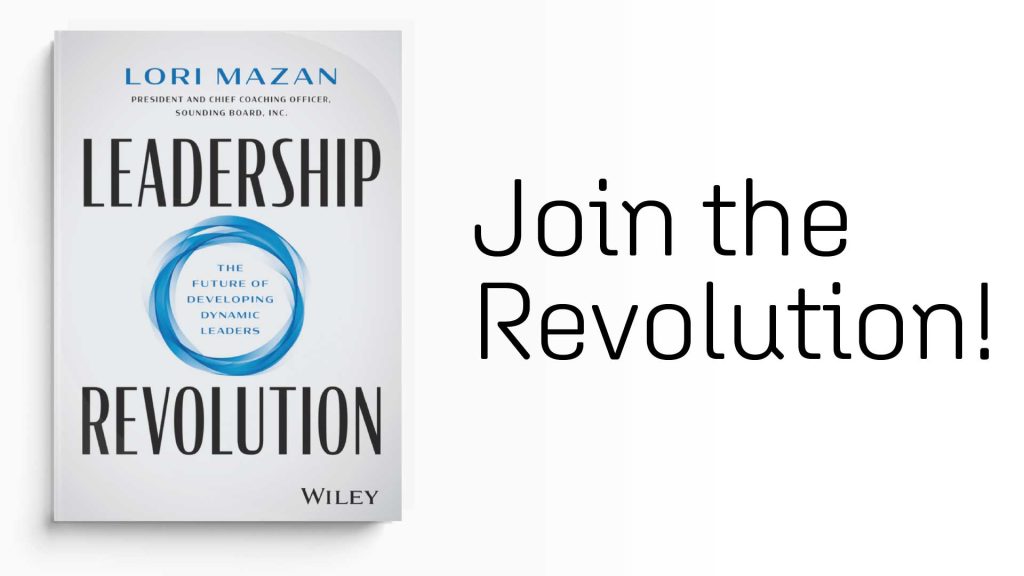There is no perfect way to manage change, especially when it’s unexpected. For the last few years, the world has seen an incredible shift in the workplace due to various unexpected changes –Covid-19 being at forefront.
Managing change has been, and will continue to be, a top skill needed on both an organizational and individual level. However, implementing change on an organizational level can come with its set of challenges and push back. In fact, research has found that up to 62% of employees don’t like to leave their comfort zone, or do so only occasionally.
Choosing the right change management model will go a long way to minimize employee resistance and cost while enhancing the efficacy of your new initiatives.
5 Most Popular Change Management Models
While you need to plan ahead and strategize before a change process, there isn’t a perfect or unique way of embracing change. Many organizations look to various change management models to help structure their thinking. Below are some of the more popular models:
1. McKinsey 7-S Change Management Model
McKinsey’s 7-S model is a change management framework that analyzes seven elements of organizational design. The 7 elements are aligned to allow the organization to achieve its desired change. They include:
- Strategy – this is the organization’s plan for the change process, which should entail the objectives to be achieved.
- Structure – this represents the organization’s units or the structure into which the organization is divided.
- Systems – the procedures or processes used by the company in running operations.
- Skills – the competencies and capabilities of the company’s employees.
- Shared values – the accepted behavior, norms, and standards in the organization.
- Staff – refers to the size and type of the workforce in an organization.
- Style – this is the way the organization or business is run by its leadership; how activities are conducted.
2. Kotter's Change Management Model
Kotter’s change management model focuses on the factors that enhance the success of the change process. It involves an eight step-by-step process including;
- Creating urgency – you need to start by creating a sense of urgency to drive the need for an earnest response.
- Build a Guiding Coalition – A guiding coalition comprises individuals within the organization whom you believe could be instrumental in leading effective change
- Set a clear vision – form a vision that is considerate and inclusive of all the organization’s stakeholders.
- Communicating change – engage with your people about the changes to be implemented and their importance.
- Remove Barriers to Action – collectively get things moving and remove any barriers/hindrances.
- Accomplish short-term wins – apart from long-term goals, set small goals and recognize even the smallest achievements to motivate your employees.
- Consolidating Gains – continuously analyze all success stories and individual experiences.
- Anchor the change – include change in the organizational culture. This will require that you proactively support the change coalition and the leaders undertaking the change strategies you come up with.
3. Lewin's Change Management Model
Lewin’s change management model is a practical framework for understanding and executing the change process. The model consists of the following three stages;
- Unfreezing – this is the change preparation phase that involves creating awareness and explaining why the change is necessary. The main aim of this stage is to minimize employees’ resistance through effective communication.
- Changing – this is the transitioning stage that’s marked by the implementation of the change. Training and constant engagement with employees are paramount in this stage.
- Refreezing – the final stage involves stabilizing the change to prevent people from reverting to their old behaviors. It ensures employees fully adapt to the changes.
4. Kubler-Ross Change Model
Unlike other change management models, the Kubler-Ross model is entirely focused on the employees. It analyzes the different stages that employees may undergo whenever there’s an organizational change. These five stages include;
- Denial – in this stage, employees don’t want to believe that change is happening and they may resist.
- Anger – when employees see that the change is taking place, their denial could prompt anger.
- Bargaining – due to fear of the unknown and other reasons, employees may decide to negotiate to find a favorable solution while trying to avoid the changes.
- Depression – when they see that bargaining is not fruitful enough, they may end up getting depressed and demoralized.
- Acceptance – employees may finally realize that there’s no need to resist the change, and finally accept what’s happening.
5. ADKAR Change Management Model
The ADKAR model can be used in managing change mostly related to the business’ objectives. It’s characterized by the outcomes employees need to achieve to have successful change. The model stands for:
- Awareness of the reasons why change is necessary.
- Desire to be part of the change and embrace it.
- Knowledge, by training employees on how to drive the change.
- Ability to initiate and get things done.
- Reinforcement to establish the change and prevent employees from reverting to their old ways of doing things.
In summary, all the five change management models can be useful when implementing new strategies, during mergers and acquisitions, change in leadership, during crises, or any other changes.
For instance, when implementing new technology like AI, McKinsey’s 7-S model allows change managers to analyze the impact that new technology would have on every aspect of the business/organization, hence streamlining the transition.
You need to note that change is a continuous process that cannot happen overnight. Like Carl Rogers stated, “true change is a process, not a state of being”. Consequently, change managers need to ensure that it’s an ongoing practice.
Leadership Is Imperative to Managing Change
Being able to change effectively is a skill set that’ll continue to reign even in the future. To lead change effectively, leaders and managers will need to acquire specific relevant skills such as strong adaptability skills and the ability to influence others.
In short, as the core drivers of change, leaders and managers may look into training or leadership coaching to expand and develop the right skills that are necessary to manage change in the workplace. It’ll be important to bridge the gap between managers and employees while creating a path for your desired change.











